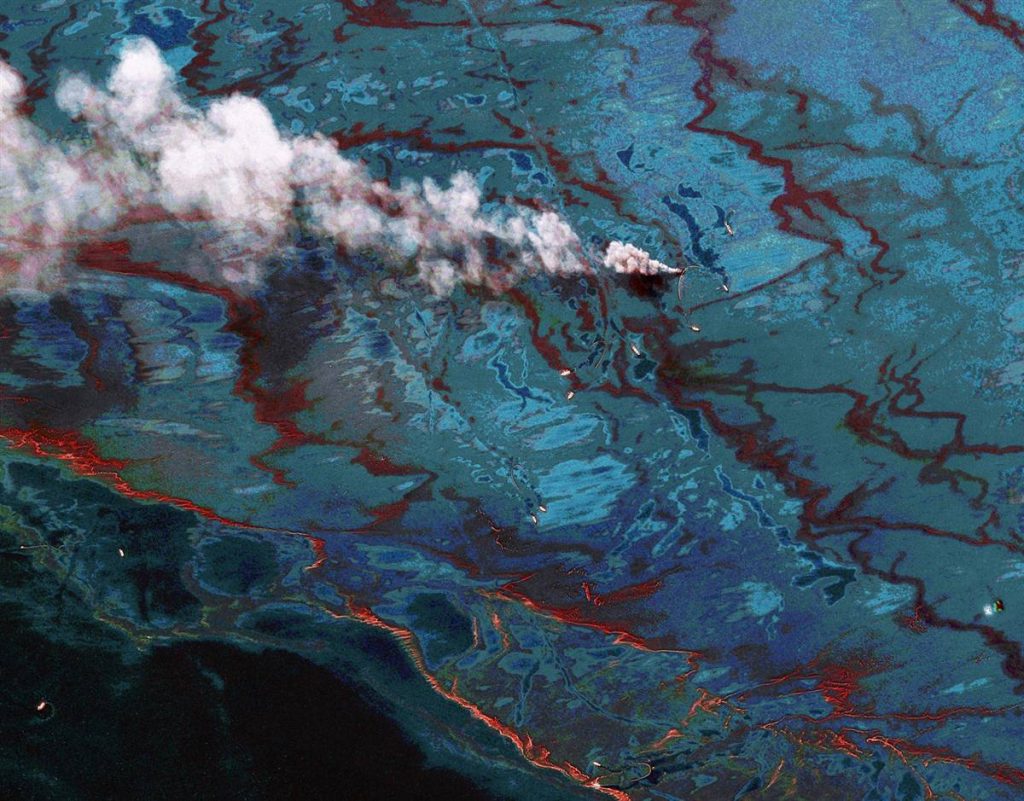
Organizations:
Federal:
- US National Response Team— interagency technical assistance, resources and coordination on preparedness, planning, response and recovery activities for emergencies involving hazardous substances, pollutants and contaminants, hazmat, oil, and weapons of mass destruction in natural and technological disasters and other environmental incidents of national significance
- National Response System, including flow chart of events, EPA overview
- Oil Pollution Act of 1990 (OPA-90) overview by EPA
- National Contingency Plan (NCP) overview by EPA– federal government’s blueprint for responding to both oil spills and hazardous substance releases
- Natural Resources Damage Assessment (NRDA) overview by NOAA
States:
- Alabama Dept. of Environmental Management emergency response
- Florida Dept. of Environmental Protection, office of emergency reponse
- Louisiana Oil Spill Coordinator’s Office
- Mississippi Dept. of Environmental Quality emergency response
- Texas General Land Office discharge cleanup
- Proceedings from USCG-FIO Meeting on Science Coordination in Oil Spill Response for Florida, includes many relevant presentations and links
Capabilities:
GulfBase.org tools that may aid rapid response: Experts, Ocean Research Assets (GOMURC member institutions). Other tools to aid rapid response:
- FWRI: Geographic Response Plan Viewer for USCG Districts 7 and 8; FL Marine Spill Analysis System (FMSAS) GIS used in response to oil or chemical spills; provides timely assessments of the potential impacts on surrounding habitats, so decision-makers can better determine cleanup procedures, minimize ecological damage and monetary loss.
- GCOOS portal to ocean and weather data streams from offshore platforms
- NOAA’s GNOME Suite for Oil Spill Modeling, set of modeling tools for predicting the fate and transport of pollutants (such as oil) spilled in water
